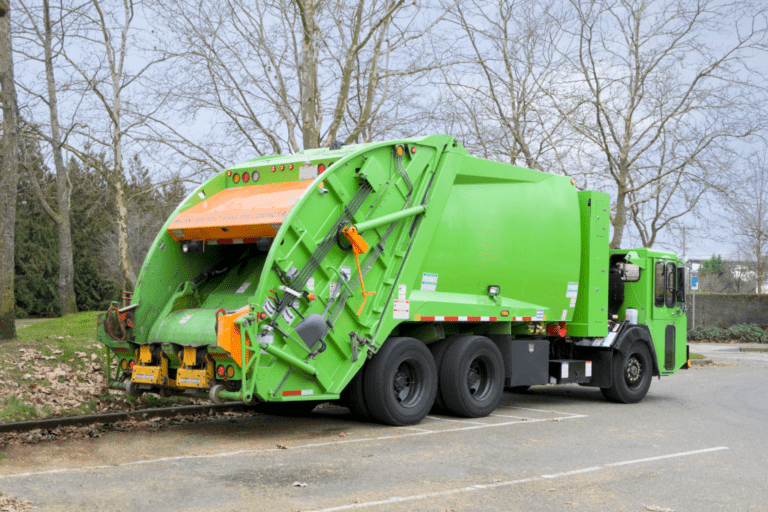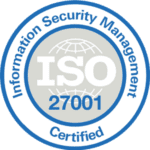Asset maintenance software is a dedicated application that is used to record and track an asset throughout its life cycle, from procurement to disposal. The software helps an organization to identify where certain assets are located, who is using them, how they are being utilized, and other details about the asset. The asset maintenance software allows you to automatically monitor, track, and categorize your company’s physical assets such as products, machines, vehicles, or other objects which the company owns. This decreases administrative costs, improves service, and gives your organization greater visibility into asset utilization, costs, and maintenance. Here is what you need to know about asset maintenance software and its benefits.
Features of an Asset Maintenance Software
Here are the features that an asset maintenance software should have:
Maintenance Planning With Asset Maintenance Software
Asset maintenance software integrated with a robust asset management module provides comprehensive tools to effectively track and manage assets. These tools can include maintenance planning, job assignment, and an option for field employees or volunteers to update the status of maintenance jobs.
Real-Time Tracking
Asset tracking is an important component of asset maintenance. Real-time tracking of assets helps organizations to make timely decisions and prevent unnecessary repair and replacement costs. The best asset tracking software enables real-time tracking of assets so you can stay on top of the location and condition of your assets.

Inventory Management
Inventory management is a useful tool for asset maintenance operations. It can help to track, manage, and control asset inventory from a single dashboard. By doing so, users can view assets at a glance and be alerted when parts and supplies are running low. You can also reorder new items only when necessary and avoid stock levels becoming depleted.
Customizable and Exportable Reporting
It is important to have an easy way to run customizable reports. After all, what would be the use of the available data if there’s no way to analyze it? Asset maintenance software should have a reports feature that is built with flexibility at its core. This means you can run reports and filter by any of the standard properties, but also by any of your own properties. You should also be able to save the reports for quick and easy access in the future.
Asset Check-in Check-out With Asset Maintenance Software
This feature is one of the most important when it comes to asset maintenance. It helps to improve accuracy and reduce the time spent on tracking assets when they go out of the facility and get back in. Through the Search option, you can find an asset by its name, tag, vendor name, employee name, etc.
Check-in and check-out are especially useful for industries or companies that have lots of assets such as Schools, Hotels, Libraries, etc. It allows multiple assets to multiple assignees for checking in and out in a single transaction.
Audit Options
Asset audits are essential for verifying what assets your organization owns and where they’re located. Leading software offerings to let you schedule your own audit timeframe, receive status updates on the process, and make changes for missing and unrecorded assets. Some also allow you to audit from any mode rather than having to toggle back and forth between modes.
If a third party is doing your audits, you may want a blind audit feature. This feature allows you to limit the information users can see when performing an audit.
Cloud or Web Based
While it can be convenient to host asset maintenance software on your own server, cloud-based software offers many more cost and time-saving benefits. You don’t have to rely on your IT experts to install software, updates, and patches. This is handled within the cloud itself.
Since the software is not on your server, you don’t have to worry about issues with computer crashes or conflicts with other programs. Also, you can receive new features as soon as they’ve developed rather than waiting for a new version of the software to be released.
Benefits of Asset Maintenance Software
Here are some of the benefits of asset management software:
1. Increase Asset Visibility
Asset maintenance tools provide the necessary features to ensure all assets are discoverable and visible. Most notable with the use of asset tracking features. This information is stored in a centralized database, also known as an asset register.
2. Reduce Maintenance Expenses
Bad management of assets not only leads to unnecessary money spent on maintenance but also decreases the lifespan of an asset. At the operational stage of the lifecycle of an asset, a business firm can confront several maintenance issues using asset management software. The software helps in scheduling maintenance jobs as well as creates alerts for you. This reduces maintenance expenses and ensures that an asset is repaired and maintained efficiently.
3. Understand Overall Equipment Effectiveness (OEE)
Overall equipment effectiveness is difficult to gauge without asset management software. One important aspect of this is getting a deep understanding of vendors and their equipment with an effective asset management system.
Asset maintenance software enables companies to store and track information about their asset vendors, including the ability to track payments, giving them a better understanding of how much money they’re spending externally.
4. Eliminate Spreadsheets and Whiteboards
A key benefit of deploying an automated asset maintenance system is being able to ditch manual approaches such as spreadsheets. There are several occasions why spreadsheets fail when it comes to asset management:
- There are susceptible to errors.
- They’re difficult to share between teams.
- Spreadsheets have no historical data log.
- They lack the latest features and technology.
5. Streamlining Audit and Daily Operations
Auditing is very important for verifying the assets your organization owns and where they’re located. The auditing part plays a crucial role while calculating taxation. Without the asset tracking software feature, the audit process can be long, exhausting, and lack proper and correct asset valuation.
Why Choose Whip Around for Asset Maintenance Software?
We’re your complete fleet maintenance software platform. It’s an easy-to-use fleet maintenance software that connects your drivers, mechanics, and fleet managers to improve the uptime of your vehicles and equipment. Instantly see real-time information enabling you to make informed decisions about your inspection and maintenance processes. Start a free trial now or contact us for more information









